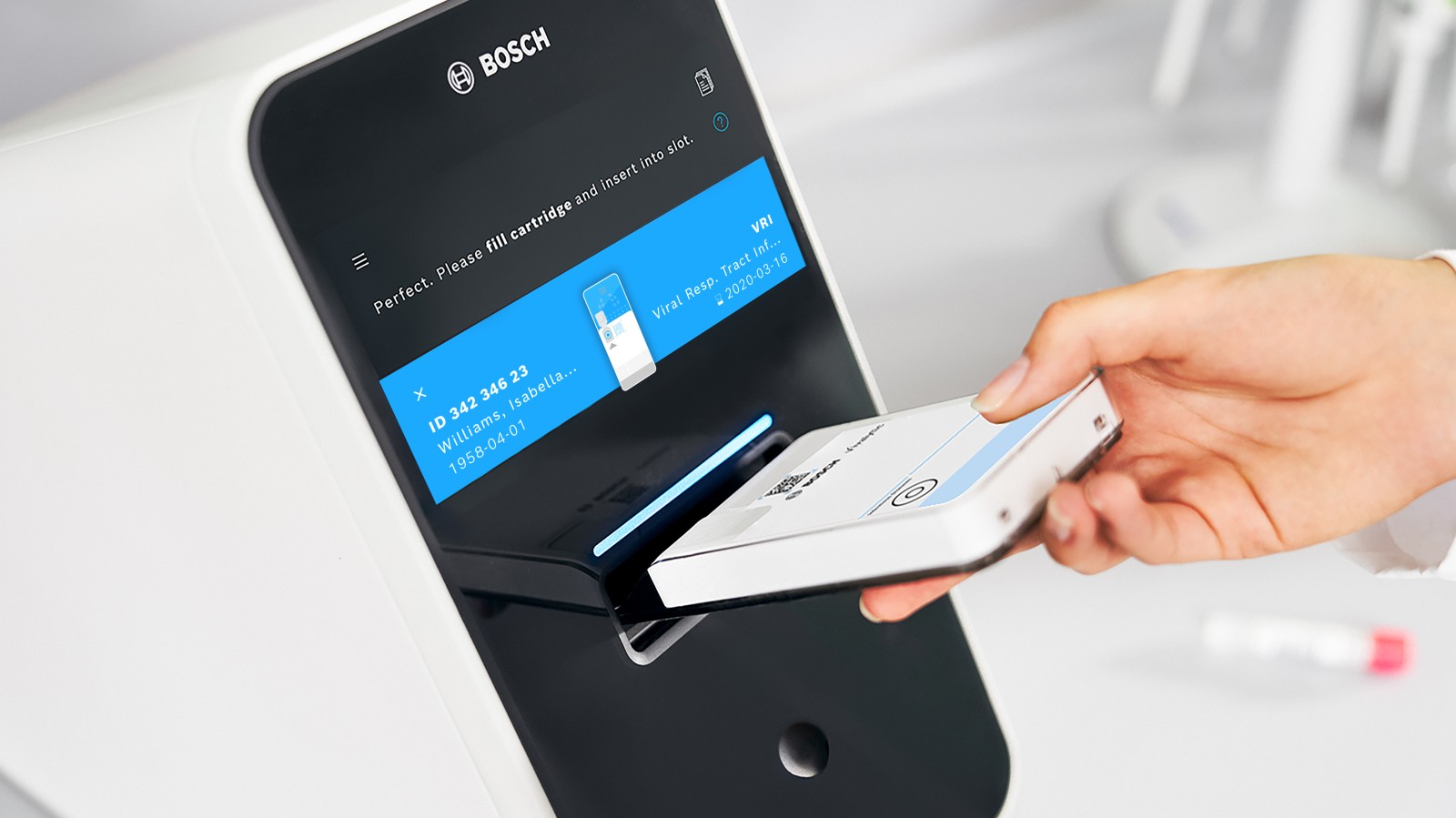Smart and Healthy Living
New diagnostic method for early corona detection in 2.5 hours
A new rapid corona test was developed thanks to technologies developed by the Fraunhofer IZM.
A new rapid corona test was developed thanks to technologies developed by the Fraunhofer IZM.
Robert Bosch GmbH has introduced a test for COVID-19 which promises “results at the point of care in less than 2.5 hours“. With the new rapid test, the original waiting time of up to two days can be reduced to a few hours. The rapid test is based on a PoC analysis platform, which Fraunhofer IZM helped to develop as part of a collaborative project for situations in everyday medical practice.
Rapid diagnosis
The new "Vivalytic" test uses a molecular diagnostic platform integrated into a test cassette. To test a patient, a smear is taken from the nose or throat. One of the main advantages of the device is that the test does not require a laboratory with trained medical personnel. Patients tested can expect a rapid result more than 95% accurate and covering not only coronavirus but also nine other respiratory diseases such as influenza A and B. "The differential diagnosis also saves doctors time for further tests, quickly provides them with a well-founded diagnosis, and enables them to initiate suitable therapy more quickly," explains Marc Meier, Managing Director of Bosch Healthcare Solutions.
Underlying technology
The technology on which the test is based was developed in an EU project of the EU Joint Undertaking ENIAC. 25 partners from eight European countries were involved in this "CAJAL4EU" project. Their common goal was to develop technologies and components for a lab-on-chip system with electrical detection capabilities – in particular a microfluidically integrated biosensor platform with an amperometric detection chip and the necessary algorithms to enable the early detection of hospital pathogens.
Contributions by Fraunhofer IZM
Fraunhofer IZM was involved in the integration of electronic, functionalized and passive-functionalized chip components. The detection of pathogens in bloodstream infections was chosen as a use case because the fast and effective identification of infections in the patient's blood is essential for early targeted treatment. This development work is now also being successfully applied in the fight against the SARS-CoV2 pandemic. The full version of the text can be found at blog.izm.fraunhofer.de
Last modified:
